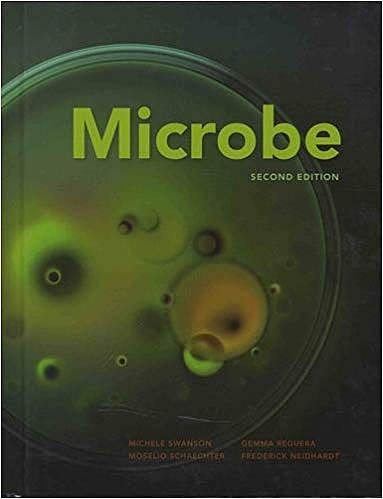
Microbe
Michele Swanson, Gemma Reguera, Moselio Schaechter, ... [et. al.]
2nd ed.
Washington, DC : ASM Press, cop. 2016
 |
Microbe Michele Swanson, Gemma Reguera, Moselio Schaechter, ... [et. al.] 2nd ed. Washington, DC : ASM Press, cop. 2016 |
33 termes
| Salmonella typhi vaccine n. |
|
| Salmonella typhimurium [nom científic] |
|
| SAR11 clade n. |
|
| scanning probe microscope n. |
|
| SCCmec n. (staphylococcal cassette chromosome mec element) |
|
| seasonal cholera n. |
|
| sensor protein n. |
|
| Shigella flexnerii [nom científic] |
|
| single-cell genomics n. |
|
| site-specific DNA recombinase n. |
|
| Skp n. |
|
| smooth LPS n. |
|
| specialized transporter n. |
|
| SpeG n. |
|
| sporulation septum n. |
|
| staphylococcal cassette chromosome mec element n. (SCCmec) |
|
| Staphylococcus epidermidis [nom científic] |
|
| staphyloxanthin n. |
|
| steric repulsion n. |
|
| sugar beet n. |
|
| supergroup n. |
|
| super-resolution microscopy n. |
|
| SurA n. |
|
| suspended animation n. |
|
| Svedberg unit n. |
|
| sylvatic cycle n. |
|
| syncytin n. |
|
| synthetic biology n. |
|
| synthetic cell n. |
|
| synthetic protocell n. |
|
| syntrophy n. |
|
| systemic listeriosis n. |
|
| systems biology n. |
|